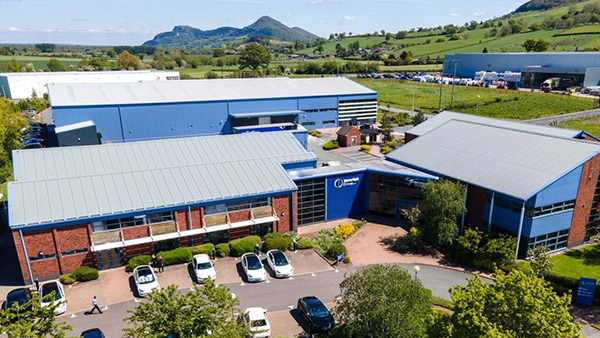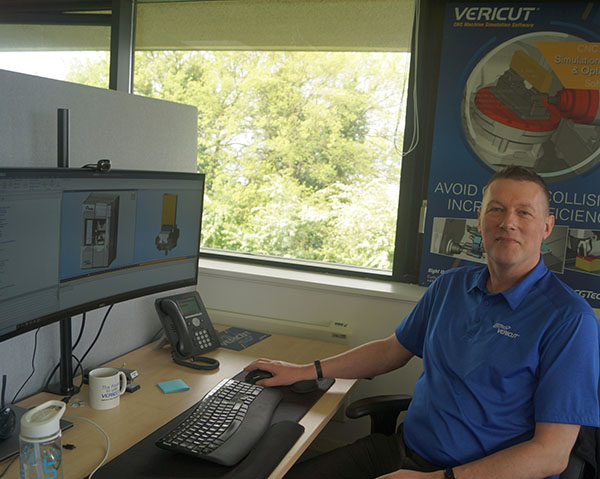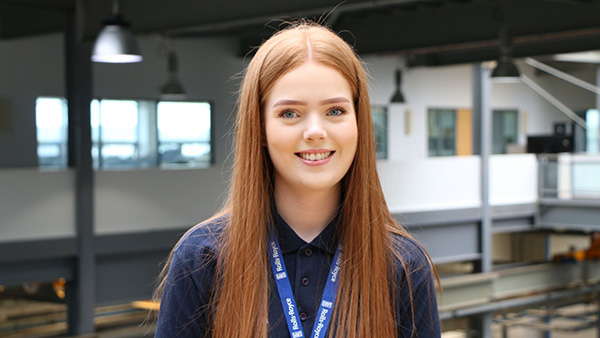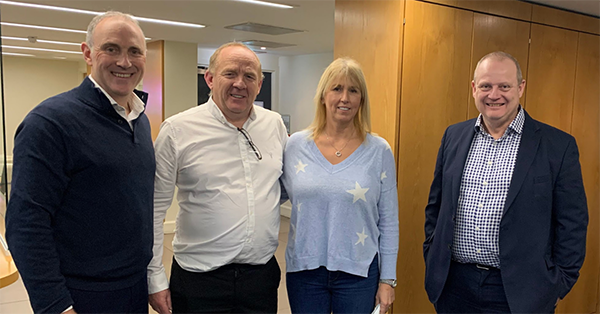
A Wales-based manufacturer of electric motor control technology is investing £10m as it expands following significant growth in global sales. Invertek Drives, based in Welshpool, says the investment will create an expansion to its variable frequency drive (VFD) manufacturing and distribution centre, along with the development of a new Application Centre. The investment will create 85 new jobs over the next 12 months on top of the 280 people already employed at the HQ, and follows a major recruitment drive over the past year in both Invertek’s production and R&D departments.
For further information
www.invertekdrives.com























